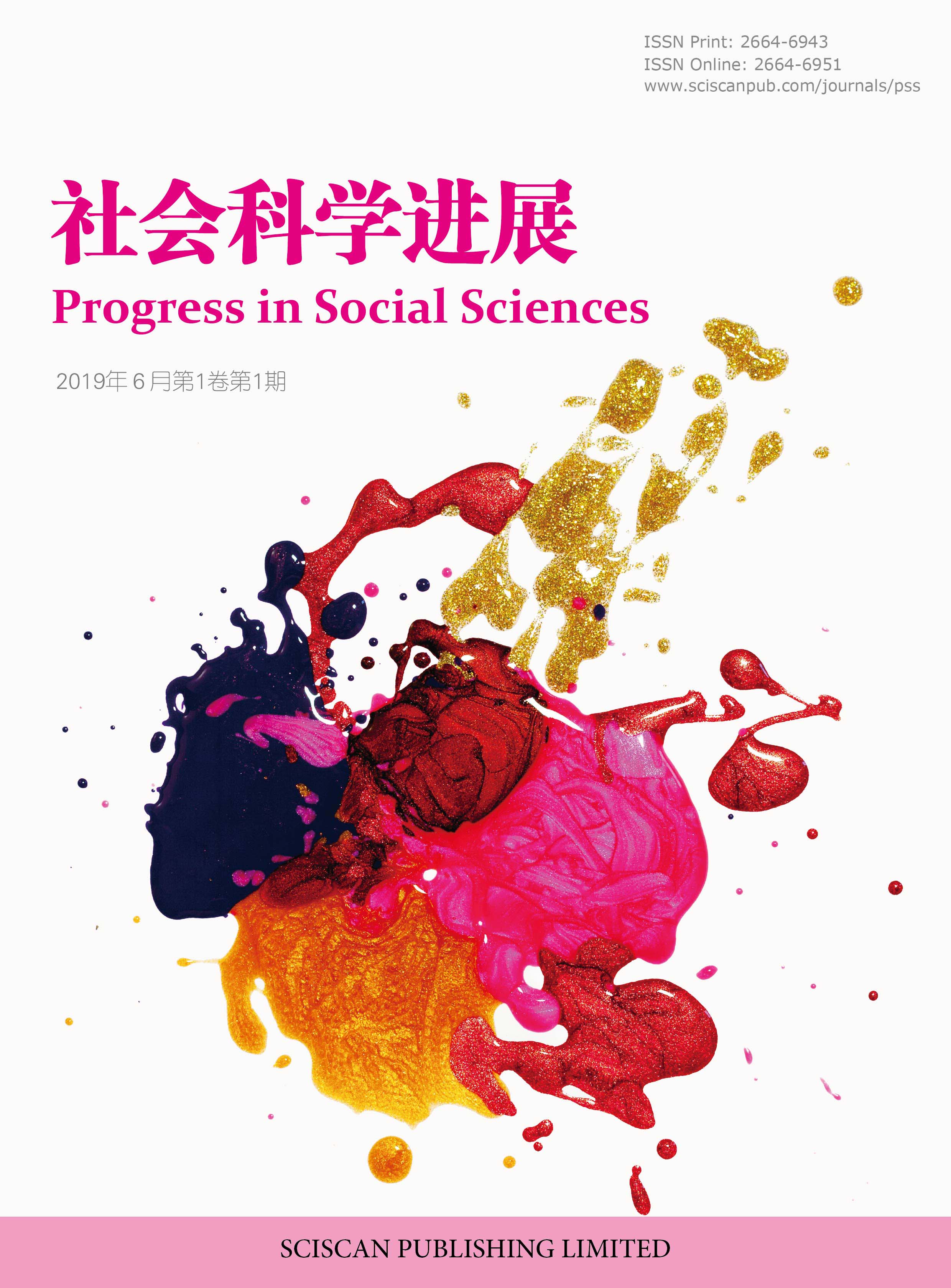Progress in Social Sciences
ISSN Print: 2664-6943
ISSN Online: 2664-6951
Contact Editorial Office
Subscribe to the latest published information from SCISCAN
中译日机器翻译的常见错误与译后编辑策略研究
Research on Common Errors and Post Translation Editing Strategies in Chinese Japanese Machine Translation
- Authors: 冯晶晶 李文瑞 蒲娇 范亚亚 杨吟
-
Information:
华东理工大学,上海
- Keywords: 机器翻译;中译日;词汇层面错误;句子层面错误
- Machine translation; Translation from Chinese to Japanese; Vocabulary level errors; Sentence level errors
- Abstract: 近年来,机器翻译的正确率不断提高,但即便基于大语言模型的人工智能翻译出现后,仍然存在一些明显的误译。为解决这些问题,首先必须明确机器翻译中的问题,本研究以中译日为例,选取新闻报道和小说文本为语料,归纳总结了中译日的机器翻译在词汇层面、句子层面常出现的错误类型,并对照人工翻译分析了错误原因,同时提出了一些译后编辑策略。
- In recent years, the accuracy of machine translation has been continuously improving, but even with the emergence of artificial intelligence translation based on large language models, there are still some obvious mistranslations. To address these issues, it is necessary to first clarify the problems in machine translation. This study takes Chinese to Japanese translation as an example, selects news reports and novel texts as corpus, summarizes the common types of errors in Chinese to Japanese machine translation at the lexical and sentence levels, analyzes the reasons for errors compared to manual translation, and proposes some post translation editing strategies.
- DOI: https://doi.org/10.35534/pss.0604115
- Cite: 冯晶晶,李文瑞,蒲娇,等.中译日机器翻译的常见错误与译后编辑策略研究[J].社会科学进展,2024,6(4):1135-1142.














